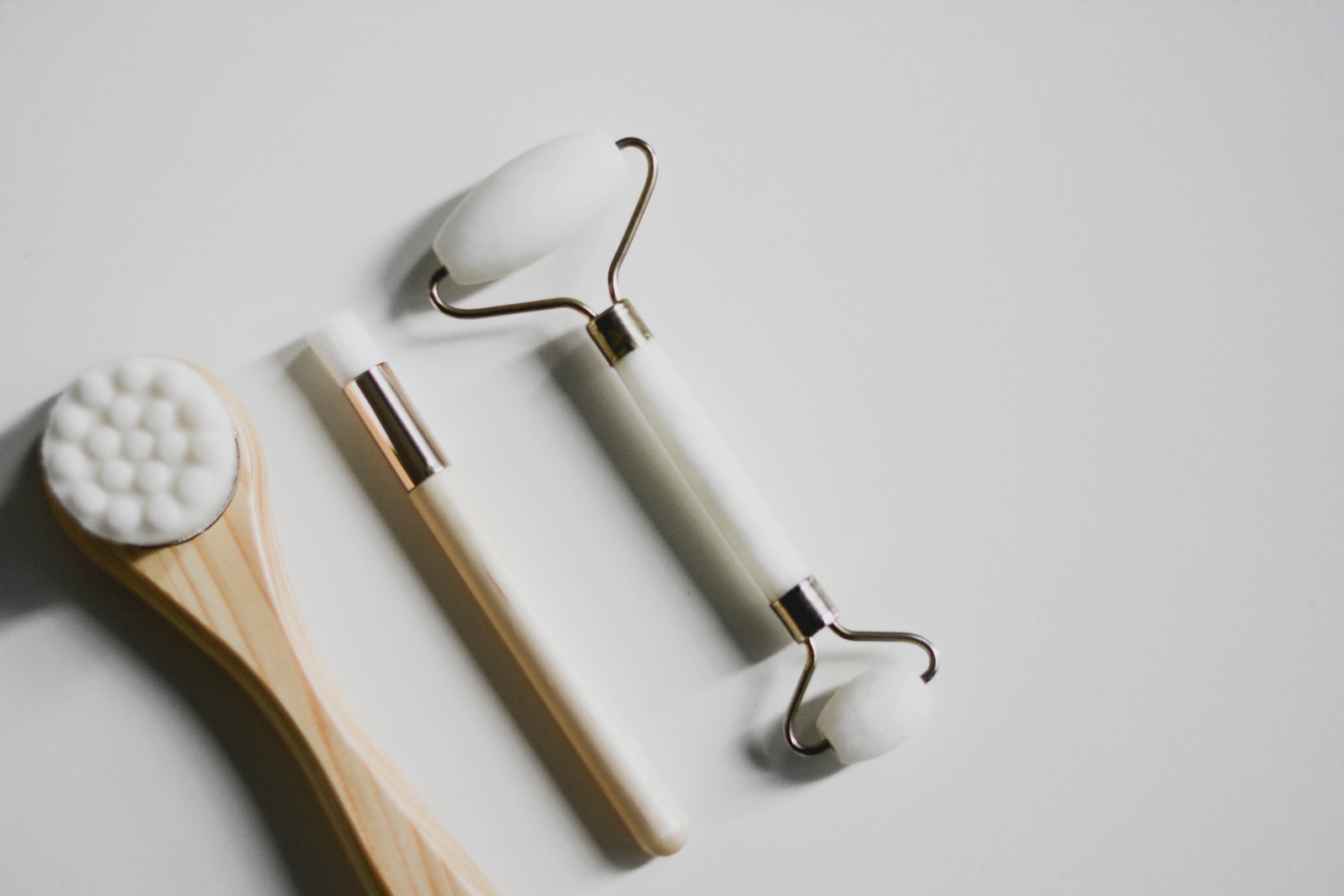 Whenever the power goes out, which can be quite often, it can be tempting to find alternatives to get us off the grid. You would think that in a country that has such great weather, that solar power would be the way to go. But is getting one of these systems actually worth it? We take a look.
Whenever the power goes out, which can be quite often, it can be tempting to find alternatives to get us off the grid. You would think that in a country that has such great weather, that solar power would be the way to go. But is getting one of these systems actually worth it? We take a look.
What is the cost?
Firstly, these systems are not cheap. Depending on where you get one from, a cheap Chinese system will cost you about R50 000. However, you would then have to introduce some big lifestyle changes and dispose of some energy consuming items such as microwaves. If you want a proper fully fledged system that has remote monitoring and a 10-year battery life, that will cost you around R200-400 000.
For a solar power system to provide power to most appliances in a large house, excluding a geyser and heater, it would cost you around R233,000. This would include a system with a battery bank, 24 solar panels, inverters, cabling as well as the installation cost. If you go for a grid-tied system, where you use a combination of Eskom and solar power, it can cost you between R120,000 and R150,000.
Is it worth it in the long run?
At the moment, our government may not want South Africans to eagerly make the switch. This is because electricity tariffs account for a large sum of revenue for municipalities. So if many households leave the grid this would result in a smaller income for the cash-strapped municipalities and Eskom.
In the long run, however, this could actually be more beneficial to the homeowners. These days a solar power system produces power at less than R1 per kWh, while Eskom charges more than that. If you look at the current electricity bills as well as the increasing tariff hikes, you will likely start to make your money back after five years. Then after twenty years, you can start making substantial electricity savings.
Start with a smaller system
As you can see, investing in a solar power system is a long-term solution but it is also expensive. So instead of going straight to a house that is fully powered by a solar panel system, maybe you should look into getting a grid-tied system. You can also start by using a solar water heater and reducing your electricity usage as much as possible. Then one day, you can look into getting a proper system. Maybe at that point, the prices will have gone down enough so that you can actually afford one.
At the moment we should all be working towards finding alternatives to our fossil fuel consumption. This is going to be a solution that we work towards over many years, but we can start by making small changes in our own homes. Just by cutting back on our electricity use and by installing smaller solar power systems we are slowly getting closer to cutting out fossil fuels.
